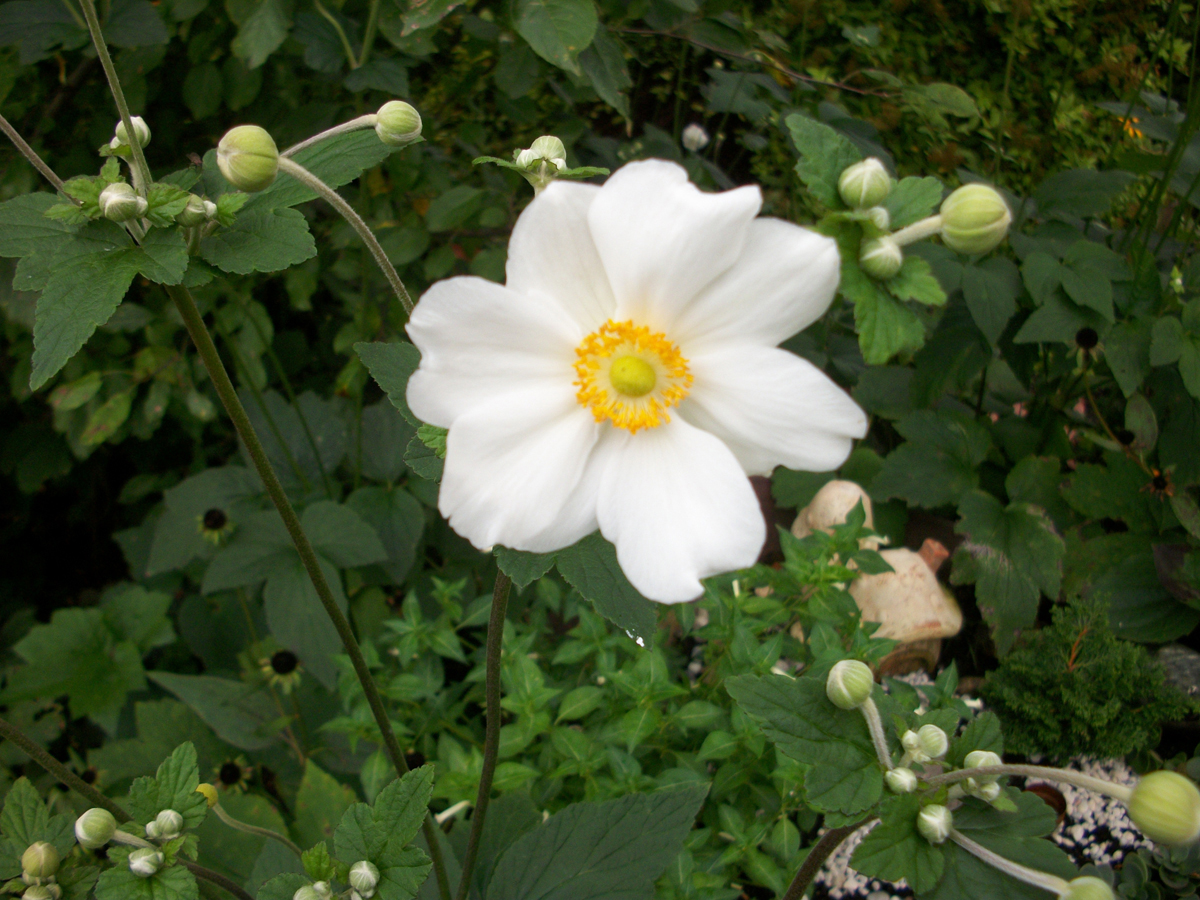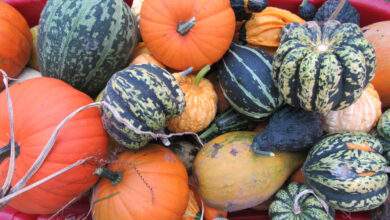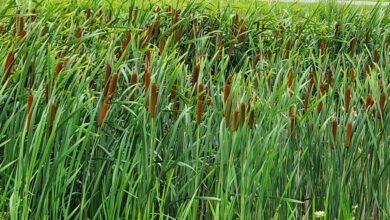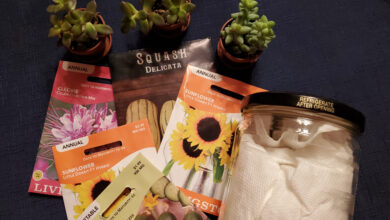Autumn chores yield springtime results

Autumn arrived officially September 22 and although the growing season is drawing to a close, this is one of my favorite times of the year for garden work. The list of chores is a long one – there’s still harvesting of veggies like Swiss chard, carrots, potatoes and other root crops as well as ornamentals like pumpkins and gourds; I’m still watering containers during those dry days; I love planting shrubs and perennials (especially when I find them on clearance!); and, of course, there’s the clean-up of perennial beds.
There are still many golden, warm days left for outdoor work and it’s great to have the garden to compel me to be outside and enjoy the blue sky, the colors, the flocks of geese heading south and the last few hummingbirds. Even the cloudy, chilly days are great opportunities to get heavier work done without breaking a sweat.
I’ve just begun the annual clean-up work of pulling out all the weeds one more time, cutting back and cleaning up perennial flowers and pruning back some of the shrubs. I like to add perennials and shrubs along the way and spring bulbs, too. There’s never enough time to get it all done, but I keep working as long as I can and the rest has to wait until spring. We’ve been getting some thaw times over the winter in recent years and if it’s not too wet, I try to use those days for clean-up work as well.
Even with all the plants wrapping up their growing life or settling down for their winter’s nap, there are autumn blooming perennials that keep the interest going into the fall. I have sedum, which right now is a lovely deep pink color, and I love the hardy mums at this time of year. I’m particularly enjoying the sweet and bright blooms on my Japanese anemone plants. I have a white blooming variety – there are also some in pink.
It’s fun to have something so delicate-looking coming into bloom at the very tail-end of the growing season.
Mine are planted in a spot that can get dry and that doesn’t have the greatest soil conditions – but the plants are now established and doing well.
I started with two plants and they are spreading around the base of a crab apple tree in partial shade. It can take a while for them to get established, but once they do – Japanese anemones can be a bit invasive and some folks don’t like them for that reason. I’m happy to have them filling in a bit of a problem area in my garden and fortunately have plenty of room for them to spread. I would really miss them if I ever decided to remove them because of this trait.
The plants will do best in partial shade – full sun can burn them and full shade can result in fewer flowers. I add a mulch of organic material when I get a chance and because they tend to like moist soil conditions, will water them once a week in the summer if conditions become dry.
You can plant Japanese anemones in early autumn and divide established clumps in the spring when the foliage emerges.
I find the plants to be very attractive. They are native to Asia and the cup-shaped blossoms with satiny petals surround a contrasting green and gold central button. The blooms are born on tall stems ( 2 to 4 ft.) over clumps of dark green, maple-like leaves. The foliage adds nice texture and dark green color to the garden all summer.
Japanese anemones are very tough and I’ve read they can even stand up to considerable neglect.
Like many of my flowers, I cut them for fall bouquets – because of their long-straight stems they are a fun “finishing touch” to an arrangement. I add them at the last moment and they act as exclamation points to the bouquet.
They function the same way in the garden – the flowers are relatively small and are so much higher than the foliage clump that even a large planting has more of a “white or pink sprinkles” effect than a huge “wow” impact in the bed or border planting.
When I purchased my plants at a local garden store, the clerk was a bit incredulous at my selection. “Not many people buy these,” she said.
That’s too bad. Japanese anemones are a sweet and easy way to extend the growing season in your garden and to add that elegant “exclamation point” to the end of the growing season.
Photograph by Kristina Gabalski
9/29/13





